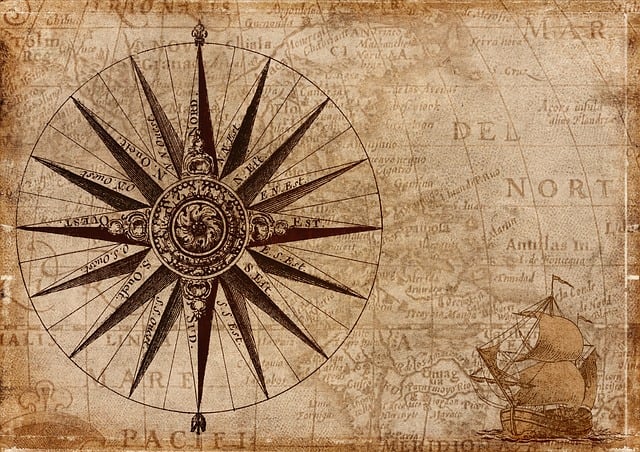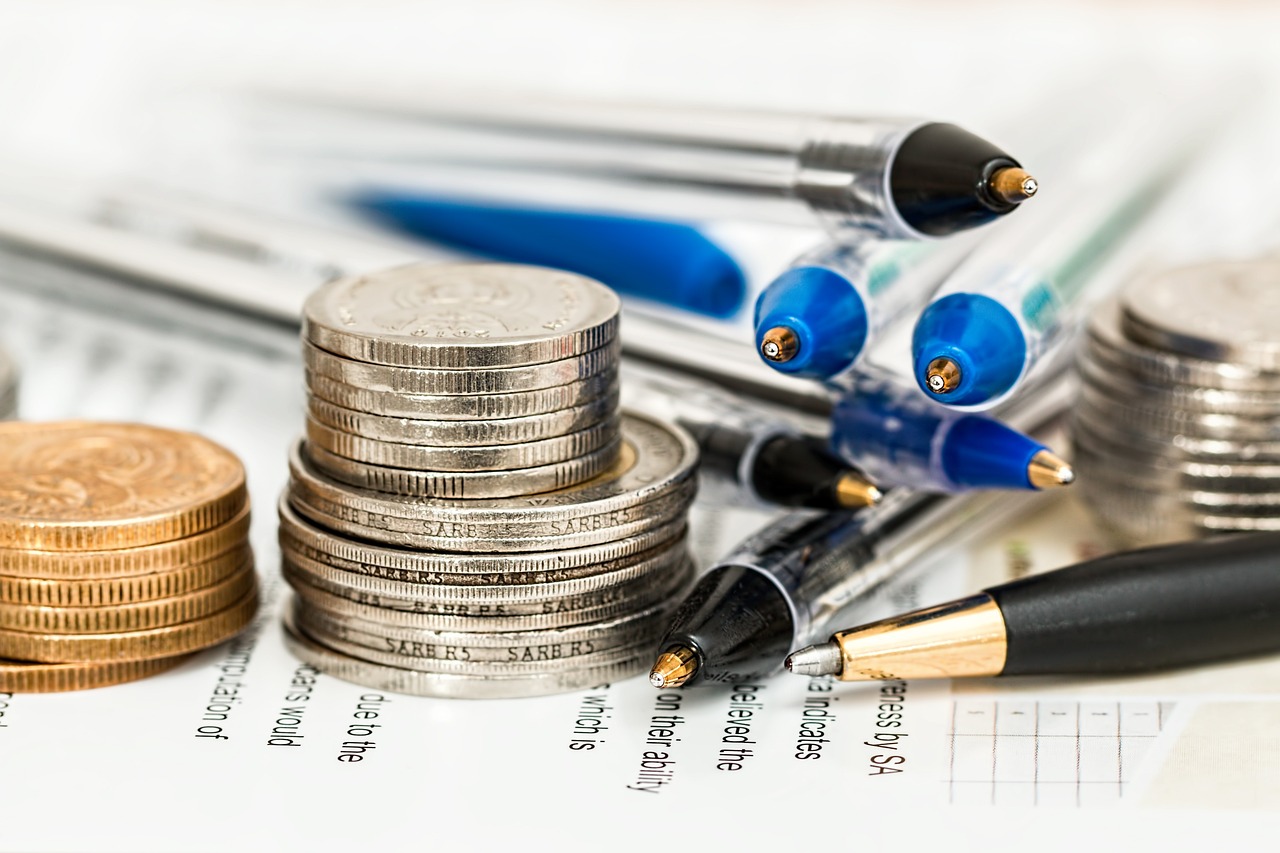If you’re interested in learning more about the history of precious metals, then there are a few things you need to know. There are the symbols of the metals, as well as their value as investments and uses as currency. Also, you may want to learn how to identify the different types of gold, silver and platinum.
Symbolism of precious metals
Precious metals have been an integral part of jewelry and jewelry design since before recorded history. Their symbolic value is as varied as the cultures that make use of them. The symbolism of these metals is based on the properties of the individual metals as well as their relationship to the elements of nature.
Metals, like gold and silver, have been associated with a variety of spiritual and religious significance. Some are associated with positive qualities, while others have negative associations. Gold, for instance, is commonly regarded as a universal symbol of perfection, life, and wealth. Silver is thought to be a symbol of feminine characteristics.
Many cultures view gold as an essential element in jewelry. Wearing gold is a symbol of strength and resilience in the face of negativity.
Gold is also associated with health. It is believed to amplify the energy of other stones and create a more harmonious and harmonious body.
Their uses as currency
If you’re in the market for a shiny new bauble or two, it pays to be informed. In today’s global marketplace, it’s critical to have a handle on what you’re buying. Having an understanding of the monetary systems in operation throughout the ages is a must, and getting a firm grasp of the basics will help you navigate the minefield of precious metals, petrodollars, pesos, yen, and pound sterling which can be read up on at Best Precious Metals IRA Companies.
The old adage that there is no such thing as free money is hardly a myth. Indeed, many countries around the world have a history of using precious metals in one form or another. Historically, gold and silver coins have been produced across the globe, and in varying quantities. However, the cost of production has risen in recent times. Fortunately, there are now better ways to acquire this coveted metal.
A few decades back, it was a given that countries could trade in large-value coins. This type of currency was used as a media of exchange, a mechanism for distributing tax anticipation tokens, and a means of conducting international trade.
Their value as investments
If you’re considering investing in the precious metals craze, you may be asking yourself, how do you know if it’s a good idea? Precious metals can be a great way to diversify your investment portfolio, but you’ll want to choose your investments wisely. Some people like to invest in physical gold and silver as a hedge against currency devaluation. This is especially true if you’re living in a high inflation country.
Precious metals have been around for a long time. They were used as currency long before states were established. Today, they’re used for a variety of things including electronics, jewelry, fuel cells, and even medicine. As a result, prices can change drastically and quickly depending on investor sentiment.
There are many ways to make money with your precious metals, from investing in the futures markets to reinvesting the profits into a newer, more sophisticated piece of technology. Your best bet is to work with a financial advisor to determine which options are the most appropriate for your needs.
Precious Metal History in the United States
Gold, silver, and other precious metals are important in the history of the world because they have been used to store, measure, and exchange value for thousands of years. Because they are rare, they command higher prices than most other elements. Their high luster and malleability have helped them to be a popular investment tool and commodity throughout human history.
Precious metals were also widely used as currency in ancient times. The first coins were made in the 7th century B.C., by the Lydians, who stamped coins with marks to guarantee their weight and purity. By the eighth century, silver became the standard currency of Europe.
In the 17th century, Europeans began to import silver from Asia via the Cape of Good Hope and the Persian Gulf. This increased the monetary supply of individual countries and allowed them to finance imports and wars.
When the United States adopted a bimetallic monetary standard in 1792, the price of silver was fixed at 15:1. In the late 19th century, the United States lost confidence in the dollar and started to allow its citizens to buy gold bullion.
During the 18th century, Europe dominated the production of gold. Spain was the largest producer until the early nineteenth century. However, after the fall of Rome, gold played a less significant role in Europe.
While gold was never banned in most places, it was prohibited from being worn by the grooms and servants of the kings and knights of England. It was a forbidden practice under the Sumptuary Law.




No Comments